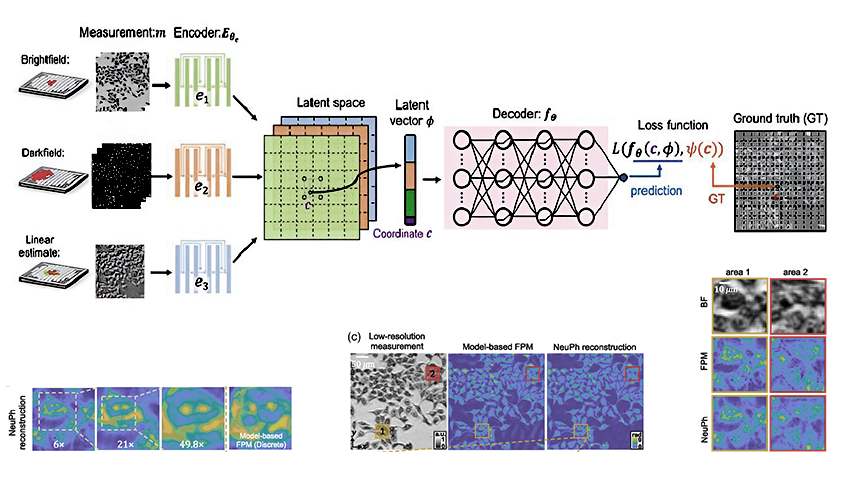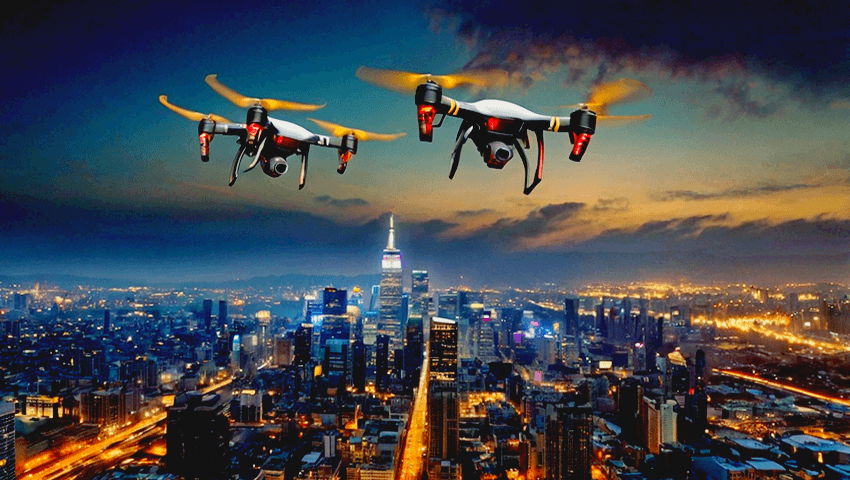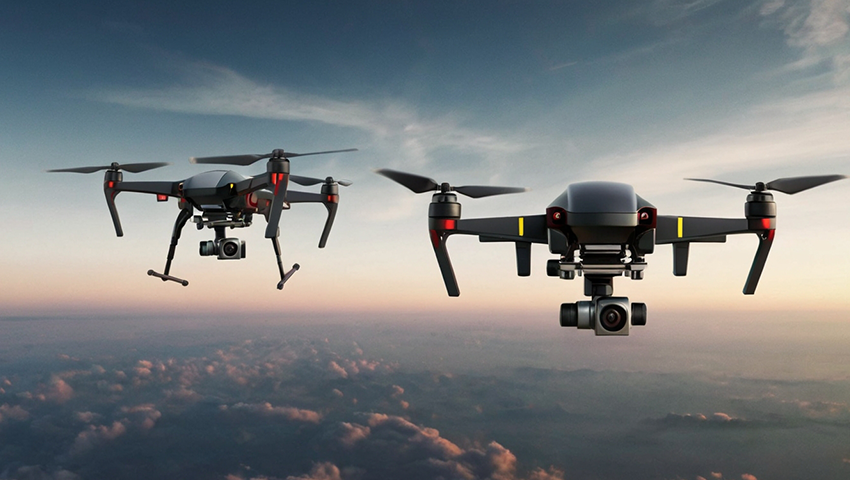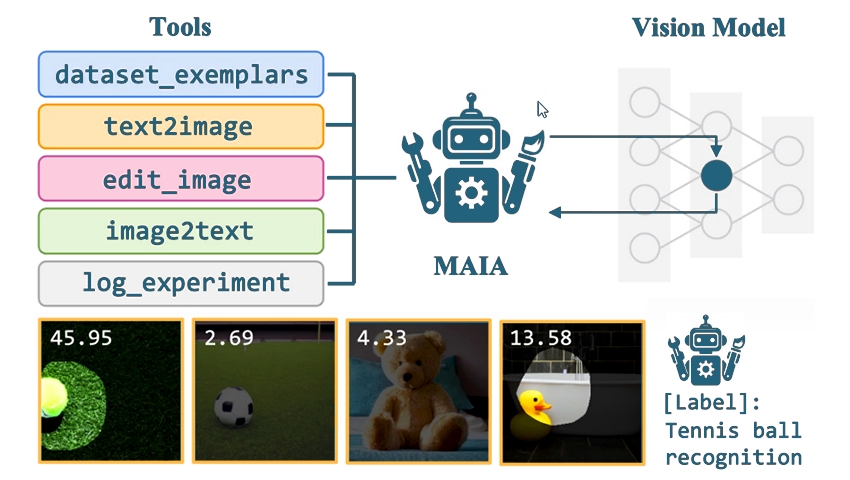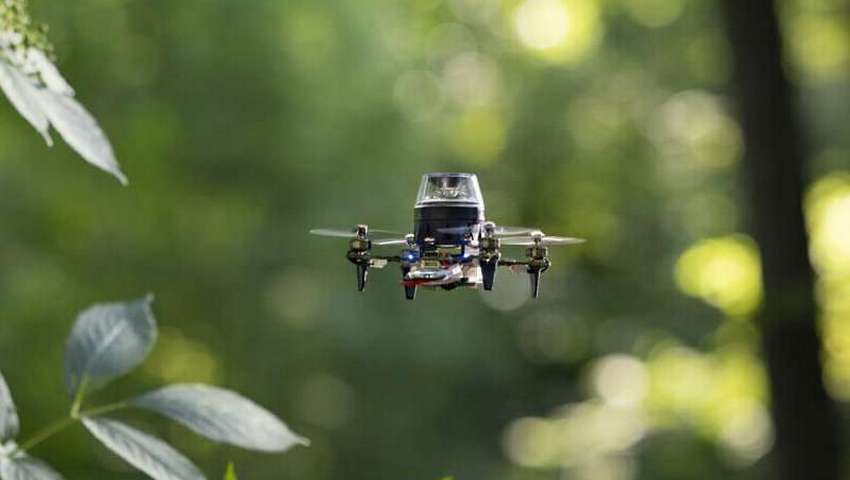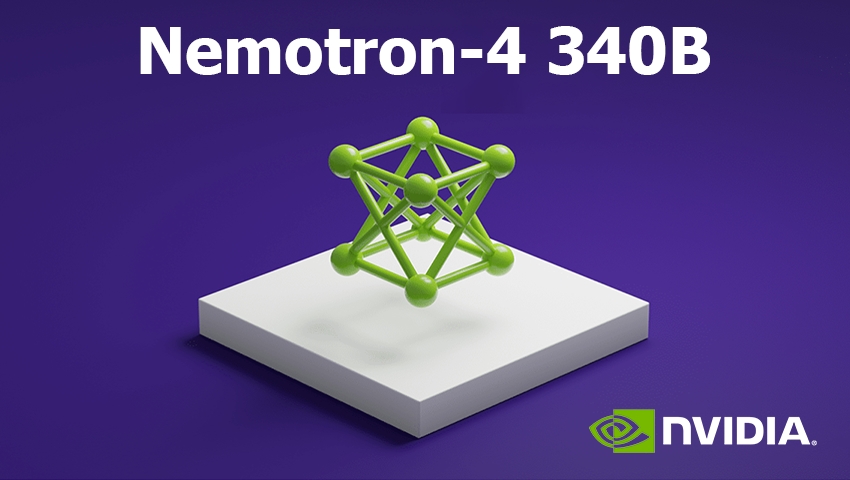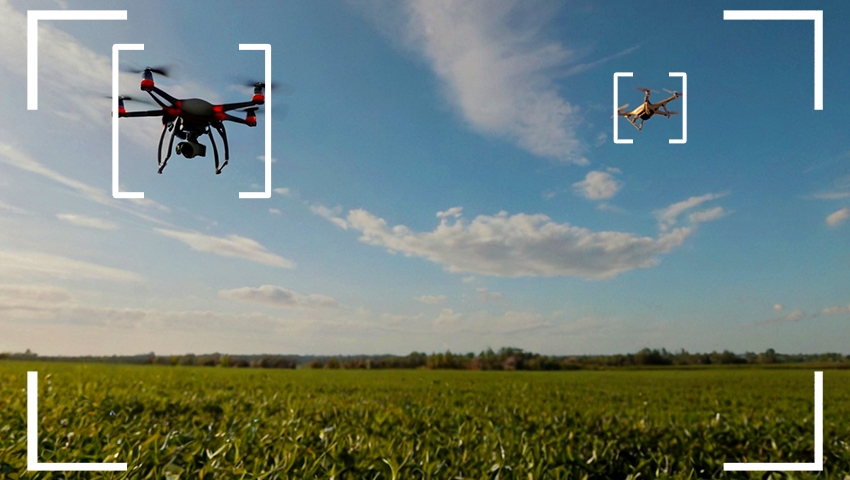Developed by researchers from Boston University, Neural Phase Retrieval leverages deep learning techniques to enhance the reconstruction of high-resolution images from low-resolution data. New neural framework NeuPh is already successfully outperforming traditional methods.
The Indian Patent Office has granted a patent for the innovative landing system for mini-UAVs. This technology enables precise landings in challenging terrains and has potential applications in both military and civilian logistics, including high-altitude deliveries and emergency.
The latest text-to-image model from Ideogram AI introduces significant advancements that could challenge the dominance of established players like MidJourney and Leonardo AI. New features are already available, including multiple distinct styles, enhanced realism, and advanced prompting tools.
A low-cost, innovative accident avoidance system for drones uses onboard sensors and cameras to autonomously prevent mid-air collisions. This technology is crucial for UAV operations, ensuring safety and efficiency in increasingly crowded airspaces.
A new computer vision system significantly reduces energy consumption while providing real-time, realistic spatial awareness. It enhances AI systems' ability to accurately perceive 3D space – crucial for technologies like self-driving cars and UAVs.
Gen-3 Alpha – new AI model introduces powerful tools for generating high-quality videos, offering creatives unprecedented control and realism. With its advanced features and superior quality, the model pushes the boundaries of AI-driven content creation, outpacing competitors.
MAIA can interpret neural networks by conducting experiments and refining its analysis, enhancing understanding of AI models. This agent can identify neuron activities, remove irrelevant features, and detect biases, making AI systems safer and more transparent.
Researchers created insect-inspired autonomous navigation strategies for tiny, lightweight robots. Tested on a 56-gram drone, the system enables it to return home after long journeys using minimal computation and memory.
Drone racing has been used to test neural networks for future space missions. This project aims to autonomously manage complex spacecraft maneuvers, optimizing onboard operations and enhancing mission efficiency and robustness.
Nowadays, users can create DEMs with just one click, thanks to radar satellites providing continuous, high-precision data on the Earth's surface and increasingly fast and accessible open-source software. This allows for effective monitoring of terrain changes and natural phenomena.
Nemotron-4 340B is an advanced model family for synthetic data generation and AI alignment. Trained on 9 trillion tokens, it excels in optimizing performance and ensuring data quality, significantly enhancing AI capabilities across various industries.
With the significant rise in UAV usage in recent years, concerns about their safety have also increased. In this regard, a new system has been developed that leverages computer vision and deep learning algorithms to accurately and quickly detect and track drones.
AI learnt to decode dog barks, identifying playful versus aggressive barks, as well as the dog’s age, sex, and breed. Originally trained on human speech, AI models have achieved impressive accuracy, offering significant advancements in animal care and communication research.
The solar-powered Zephyr drone has set world records for endurance and altitude, staying aloft for 64 days at heights of up to 75,000 feet. With applications ranging from earth observation to mobile phone base stations, Zephyr provides critical connectivity in remote areas.
Much like the invigorating passage of a strong cold front, major changes are afoot in the weather forecasting community. The end game? An entirely new way to forecast weather based on artificial intelligence that can run on a desktop computer.

